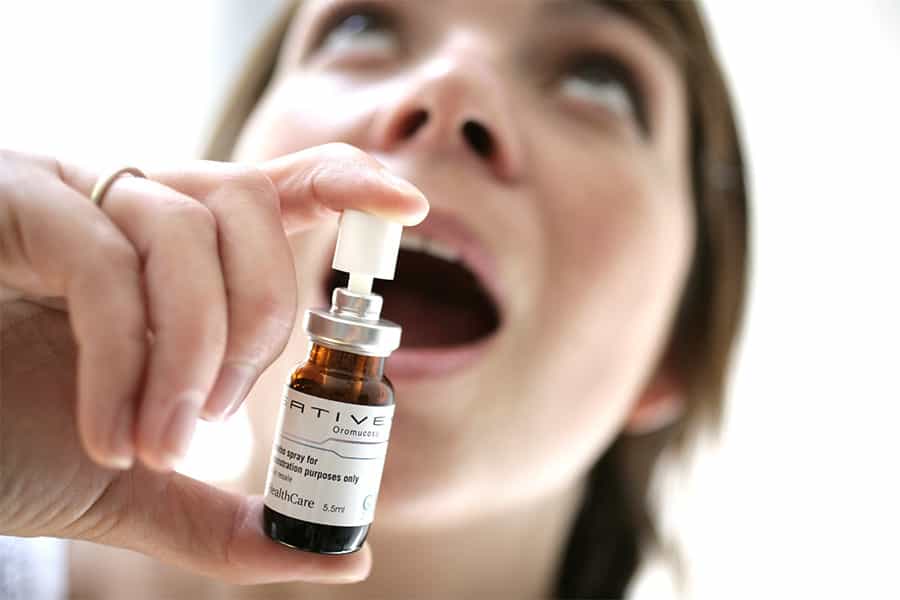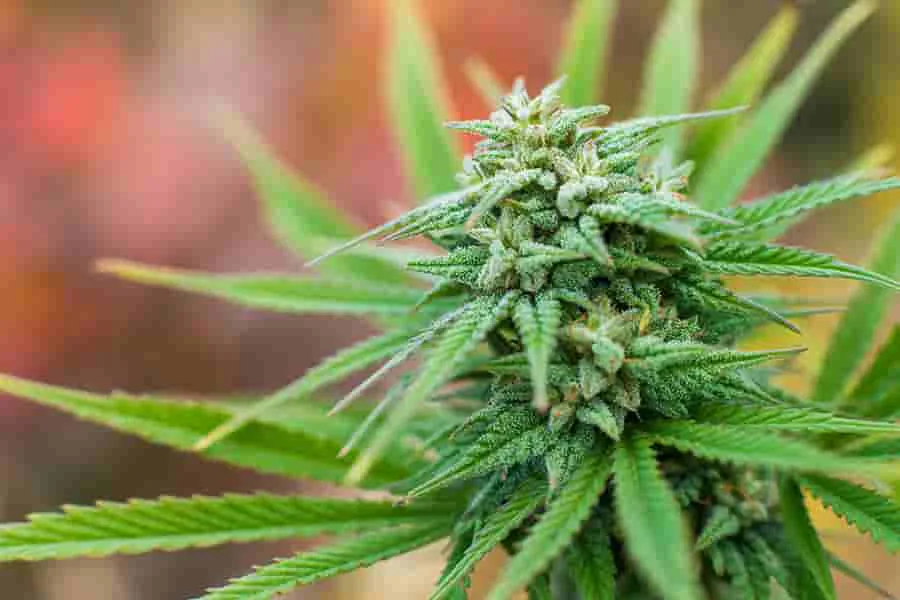Cannabis is one of the most commonly used recreational drugs, with about 22.2 million users in the United States.
Although a seemingly small percentage (7%-9%) of users develop a dependency, the total number of people needing treatment is significant at between 1.5 and 2 million people. Marijuana is designated a Schedule I drug, meaning that it has no potential medical benefits, so medical research on the substance has been extremely difficult.
The difficulty in experimenting with cannabis-based products has stagnated the development of pharmacotherapy for cannabis dependence worldwide. Fortunately, the development of the UK drug Sativex, a cannabis-based drug approved for the treatment of multiple sclerosis symptoms in 28 countries (not including the United States) might finally lead to treatment options. In a recent article by Jose M. Trigo, PhD, et al., Sativex was tested as an agent to quench cannabis cravings and assist with secession.
What Are the Current Treatment Options for Marijuana Users?
A few therapies have been shown to be beneficial in helping individuals manage their symptoms while quitting marijuana use. One option is cognitive-behavioral therapy (CBT), which helps the individual gain self-control and resolve drug-related problems. In motivational enhancement therapy, the therapist aids the user in identifying their personal motivators to help them quit. Contingency management is a strategy in which the individual actively monitors his/her own behaviors and removes rewards that promote cannabis use.
How Does Sativex Work?
Sativex interacts with the receptors on neurons that facilitate the addiction to tetrahydrocannabinol (THC): cannabinoid receptors 1 and 2. In fact, the product is half THC and half cannabidiol; the THC portion stimulates the receptors and the cannabidiol portion inhibits them, as well as interacts with various other proteins. How this chemical might help to reduce cravings, ease withdrawal, and aid secession is unknown, but one thought is that it may help people wean off the substance by partially or completely inhibiting the THC high induced through the receptors.

What Happened in the Trigo et al. Study?
Four regular smokers (who smoked at least five times a week for one month) who were trying to quit cannabis were included in the Sativex study. For three months, they sprayed Sativex into their mouths as often as they needed to reduce cravings. They averaged 29 sprays a day. Also included in the 3-month trial were weekly visits to a specialist at the Centre for Addiction and Mental Health for cognitive-behavioral and motivational enhancement therapy. Participants were evaluated on a weekly basis for their cravings, withdrawal symptoms, and drug urine levels.
At the beginning of the study, the four participants used cannabis 6.5 out of 7 days a week (92.9%). After 12 weeks of treatment and 11 weeks without using cannabis, the participants smoked 17.9% (1-2 days) of the week. One person in the study completely quit by day 21. The combination treatment did not reduce withdrawal symptoms significantly but did reduce drug cravings.
In a previous Sativex study, researchers saw a significant reduction in withdrawal symptoms for participants quitting cannabis. Therefore, it is possible that Sativex actually does reduce withdrawal symptoms, but the result wasn’t seen in the Trigo et al. study because of its small number of study participants.
What Are the Next Steps for Sativex?
Unique to the Trigo et al. study, participants were allowed to self-administer the drug and decide their own dosage and time intervals for administration. In previous studies, the safety of self-administration was uncertain. Giving Sativex to cannabis users who are already accustomed to the drug has not resulted in medical problems, so it appears that this method of drug delivery is safe. This self-administered drug regimen will likely be compared to a placebo in a larger follow-up study designed to gauge whether or not the inclusion of Sativex in cannabis secession strategies can help to reduce/eliminate cannabis usage.
If Sativex reduces symptoms and cravings during cannabis withdrawal, using it should theoretically increase cannabis secession rates. In a previous trial conducted in Australia, cravings and withdrawal symptoms were reduced, but secession rates were not. Researchers think this similarity in success rates between Sativex users and control users may be caused by other medicines. The investigators medically assisted participants in both groups who had withdrawal symptoms. A future study could compare Sativex use in groups not receiving medical assistance to see if secession rates improve in some situations. Until more research is conducted, the possibility remains that Sativex may work equally well at resolving cannabis dependence as standard drugs.
What Is Cannabis Withdrawal Like?
The symptoms of cannabis withdrawal are mild in comparison to alcohol and opioid withdrawal but can still be difficult to manage without therapy and medical assistance. Withdrawal is more severe in individuals that have consistently used cannabis for years. Symptoms include: anxiety, depression, mood swings, irritability, nausea, headaches, stomach irritation, sweating, chills, cravings, restlessness, and inability to sleep.
The withdrawal symptoms for most users begin the day after quitting and peak on days 2 and 3. The majority of symptoms usually dissipate after 2 or 3 weeks of abstinence. Some cannabis users can quit by themselves, but those with a strong psychological dependence should seek the help of a detox treatment center.
Two Dreams does not assist with drug detox but does assist with cannabis dependency treatment by providing therapy. Call 504-510-2331 to get assistance with quitting marijuana today.
Sources:
Main Source: http://www.ncbi.nlm.nih.gov/pubmed/27261670
Others:
https://www.drugabuse.gov/publications/research-reports/marijuana/what-scope-marijuana-use-in-united-states number of users
https://www.addictioncenter.com/drugs/marijuana/withdrawal-detox/
http://www.gwpharm.com/sativex.aspx
https://clinicaltrials.gov/ct2/show/NCT01747850?term=nct+01747850&rank=1
